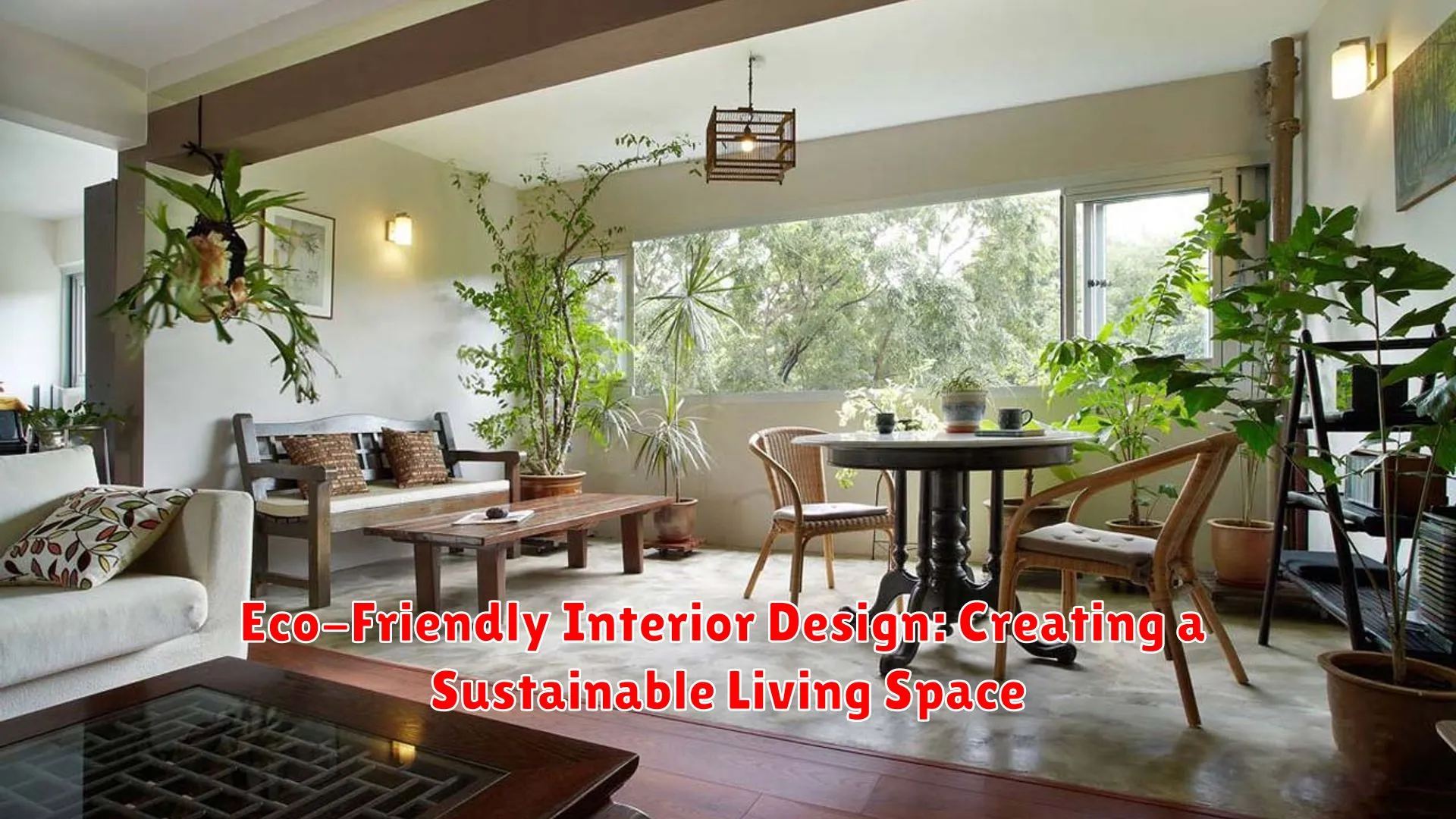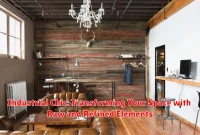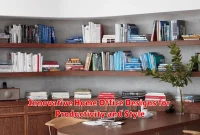Discover how eco-friendly interior design practices can transform your home into a sustainable living space that benefits both the environment and your well-being.
The Importance of Eco-Friendly Design
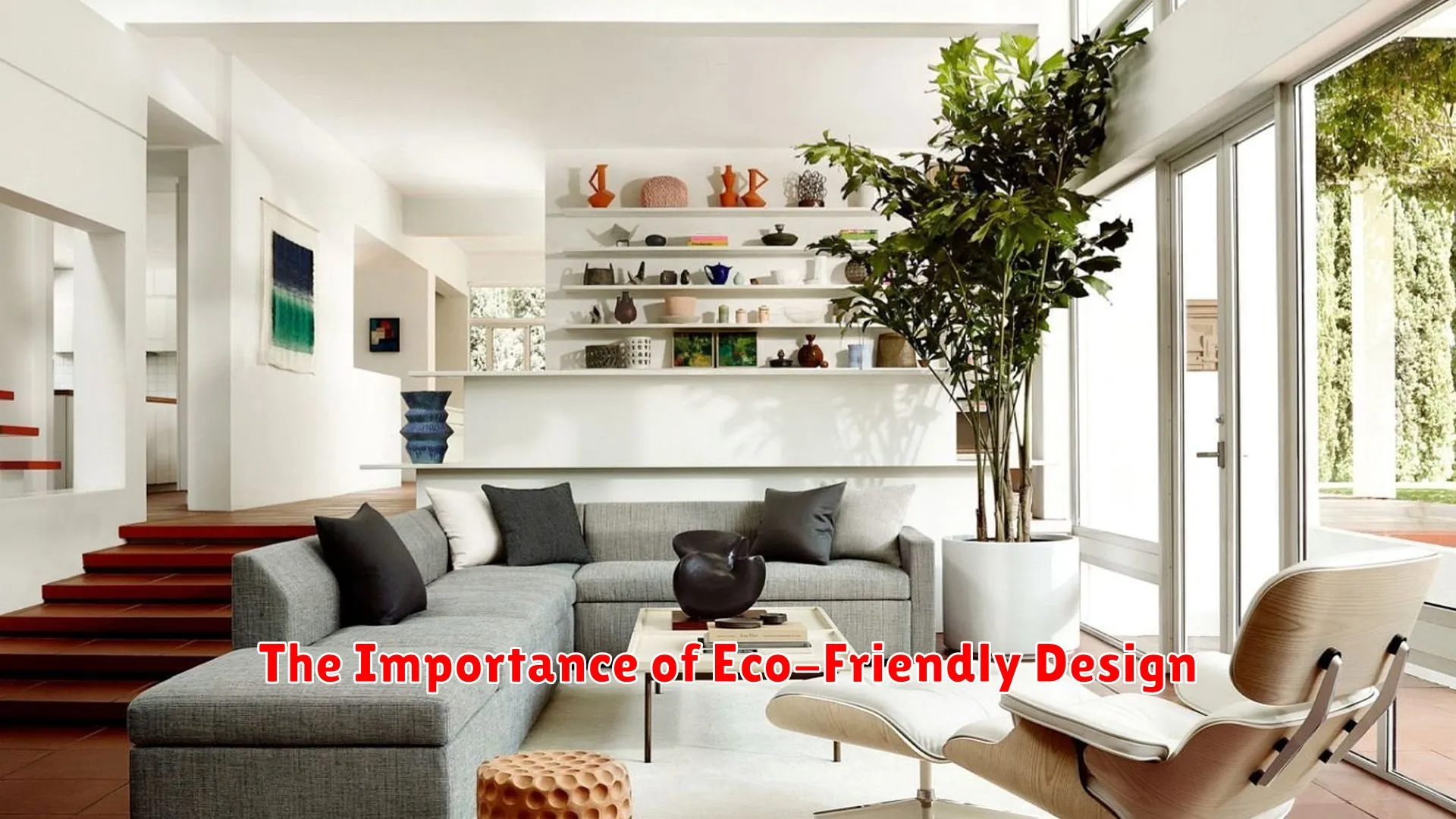
Eco-friendly interior design is becoming increasingly popular as more people are looking for ways to create sustainable living spaces that benefit both the environment and their well-being. Incorporating eco-friendly design elements into your home not only helps to reduce your carbon footprint but also promotes a healthier and more harmonious living environment.
One of the key reasons why eco-friendly design is important is its positive impact on the environment. By using sustainable materials, energy-efficient appliances, and natural lighting, you can significantly decrease the amount of waste and pollution produced in the construction and maintenance of your home. This can help conserve natural resources and reduce greenhouse gas emissions, ultimately contributing to a greener planet.
Furthermore, eco-friendly design also focuses on creating spaces that prioritize the health and well-being of occupants. By choosing non-toxic paints, organic fabrics, and indoor plants, you can improve indoor air quality and create a healthier living environment. Studies have shown that exposure to nature and natural elements can reduce stress, boost productivity, and enhance overall quality of life.
Another aspect of eco-friendly design is energy efficiency, which plays a crucial role in reducing energy consumption and lowering utility bills. By incorporating energy-efficient lighting, insulation, and heating/cooling systems, you can minimize your home’s environmental impact while saving money in the long run. This not only benefits the environment but also contributes to a more sustainable and cost-effective lifestyle.
In conclusion, eco-friendly interior design offers a multitude of benefits, ranging from environmental conservation and improved health to energy savings and cost-efficiency. By embracing eco-friendly design principles, you can create a living space that not only looks beautiful but also promotes a more sustainable and eco-conscious lifestyle.
Materials and Fabrics for Sustainability
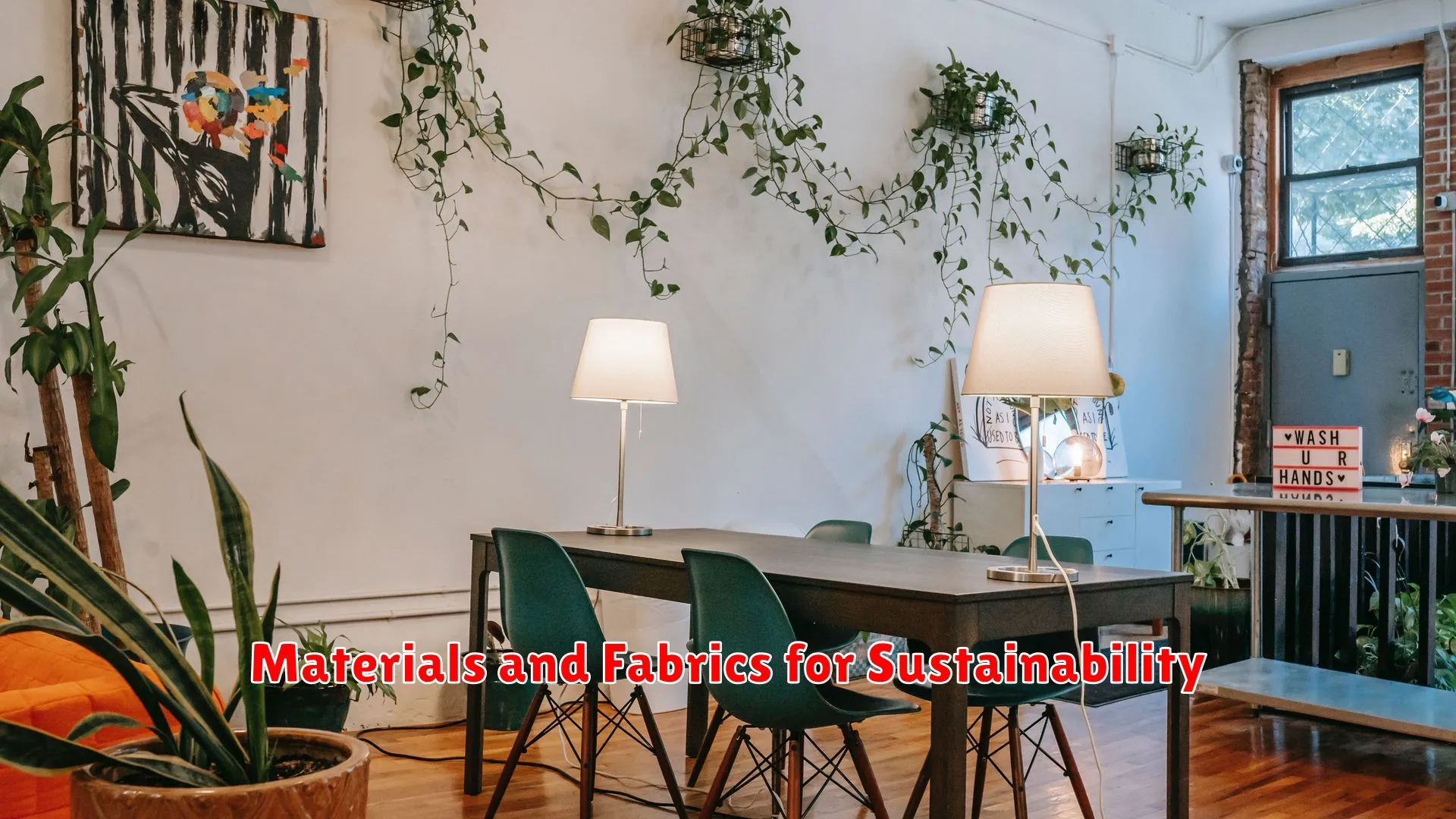
In the realm of eco-friendly interior design, selecting materials and fabrics that promote sustainability is key to creating a truly green living space. Embracing environmentally conscious options not only reduces the carbon footprint of a home but also enhances the overall well-being of its inhabitants.
1. Natural and Recycled Materials
Opting for natural materials such as bamboo, cork, reclaimed wood, and recycled glass can significantly lower the environmental impact of interior design projects. These materials are renewable, biodegradable, and often require less energy to produce, making them ideal choices for sustainability.
2. Organic Fabrics
Choosing organic fabrics like organic cotton, linen, hemp, and wool for upholstery, curtains, and linens can further promote sustainability in interior design. Organic fabrics are free from harmful chemicals, pesticides, and synthetic fertilizers, ensuring a healthier indoor environment.
3. Low VOC Paints and Finishes
Voluntary compounds (VOCs) are harmful chemicals commonly found in paints and finishes that can off-gas and contribute to indoor air pollution. Opting for low VOC or VOC-free paints and finishes can improve indoor air quality and support a healthier living space.
4. Upcycled and Vintage Pieces
Incorporating upcycled furniture and vintage pieces into interior design not only adds character and charm but also reduces the demand for new materials. Embracing pre-loved items can give a unique touch to a space while promoting sustainability through reuse and repurposing.
5. Sustainable Lighting Options
When it comes to lighting, choosing energy-efficient LED bulbs, utilizing natural light through well-placed windows, and incorporating solar-powered fixtures can significantly reduce energy consumption and promote sustainability in interior design.
Energy-Efficient Appliances and Lighting
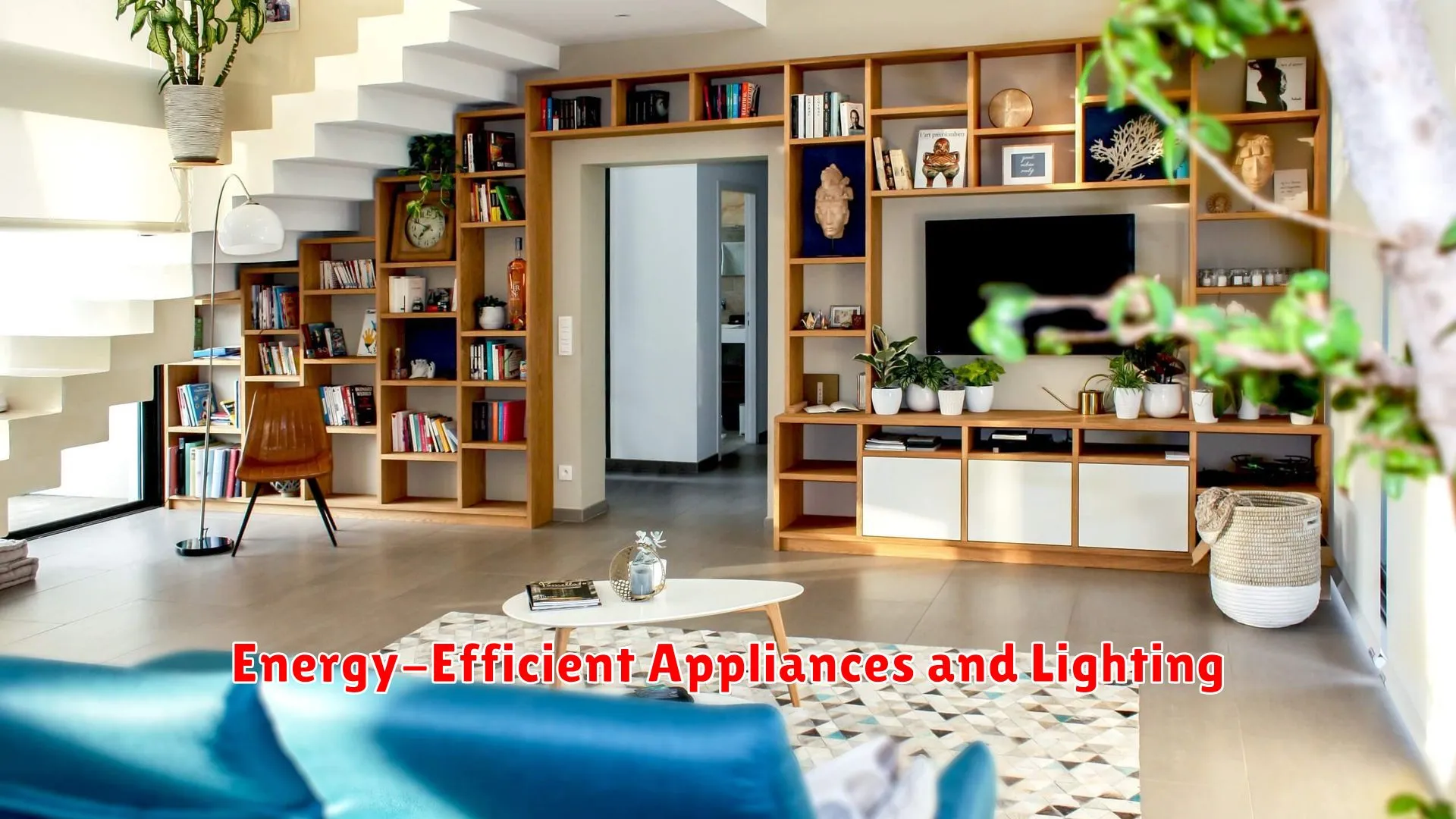
When it comes to designing an eco-friendly interior, one key aspect to consider is the use of energy-efficient appliances and lighting. These choices have a significant impact on the overall sustainability of a living space.
Energy-Efficient Appliances:
Opting for energy-efficient appliances can help reduce electricity consumption and lower utility bills. Look for products with high Energy Star ratings, which indicates they meet strict energy efficiency guidelines set by the EPA.
LED Lighting:
Utilizing LED lighting is a great way to enhance energy efficiency in your home. LED bulbs use significantly less energy than traditional incandescent bulbs and have a longer lifespan, reducing the need for frequent replacements.
Smart Home Technology:
Integrating smart home technology can further enhance energy efficiency. Smart thermostats, lighting controls, and energy monitoring systems help optimize energy usage and reduce waste.
Natural Light:
Maximizing natural light through strategically placed windows and skylights can also contribute to energy savings. This reduces the reliance on artificial lighting sources during the day.
Appliance Placement:
Proper placement of appliances can impact energy efficiency. Avoid placing heat-generating appliances near the thermostat to prevent unnecessary cooling, and ensure proper ventilation for appliances that generate heat.
Incorporating Plants for Cleaner Air

As we embrace eco-friendly interior design practices in creating sustainable living spaces, one impactful element to consider is incorporating plants for cleaner air. Indoor plants not only enhance the aesthetics of a space but also play a crucial role in improving air quality and promoting a healthier environment.
Air Purification
Plants act as natural air purifiers by absorbing harmful toxins such as benzene, formaldehyde, and trichloroethylene that are commonly found in indoor environments. Through photosynthesis, plants convert carbon dioxide into oxygen, making the air fresher and more breathable.
Enhanced Well-being
Research has shown that the presence of indoor plants can have a positive impact on mental health and well-being. Being surrounded by greenery can reduce stress levels, boost mood, and increase productivity, creating a more pleasant and inviting living space.
Design Integration
Integrating plants into interior design can be done in various creative ways, from hanging planters and wall-mounted gardens to incorporating large potted plants as focal points. The versatility of plants allows for seamless integration into any style of decor.
Low Maintenance Options
For those concerned about upkeep, there are plenty of low-maintenance plant options that thrive indoors with minimal care. Succulents, snake plants, and pothos are popular choices that require little watering and can withstand various light conditions.
Water-Saving Tips in Home Design
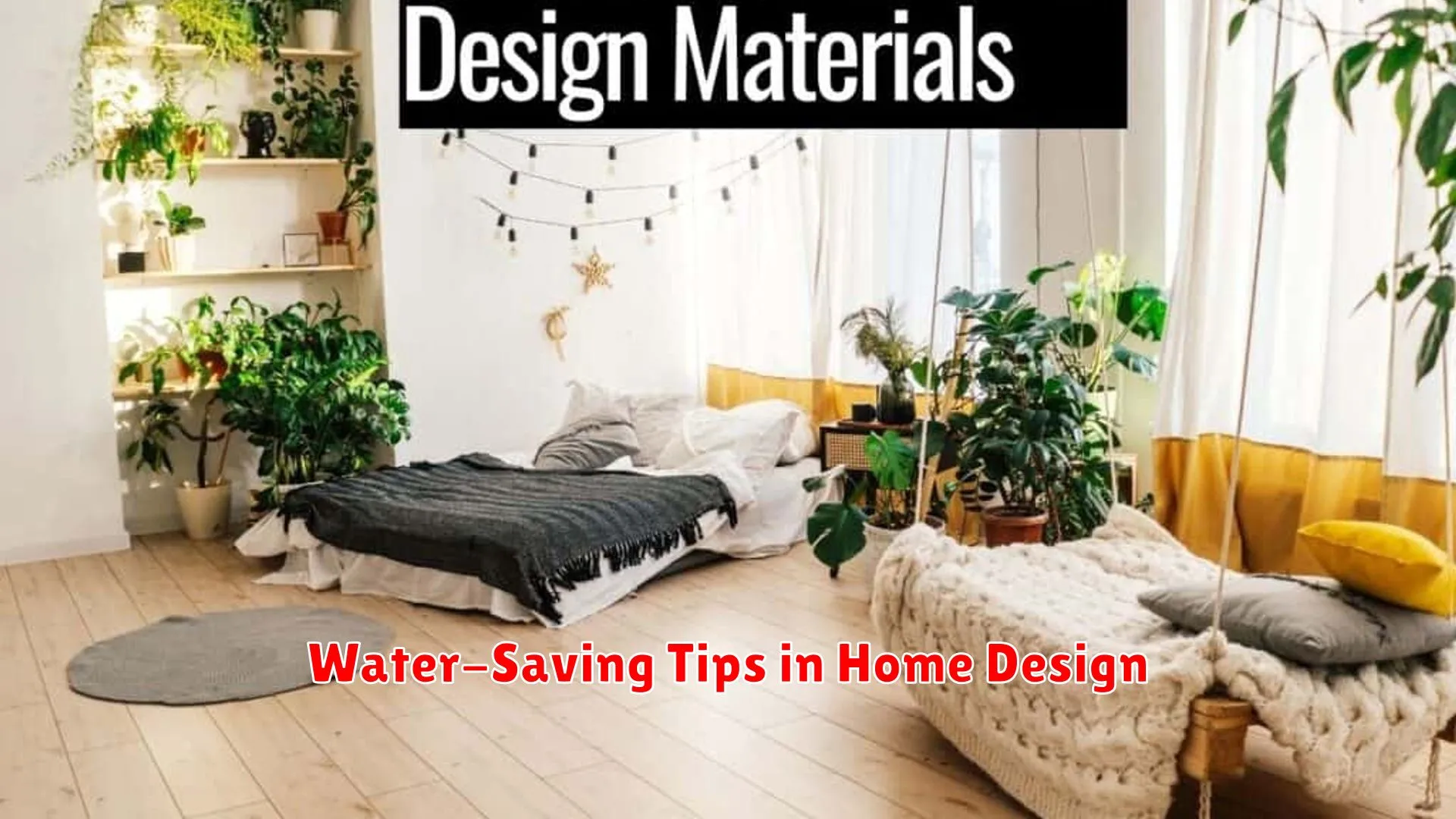
As we focus on creating eco-friendly interior designs, incorporating water-saving elements is essential in promoting sustainability within our living spaces. Here are some practical tips to help you reduce water consumption in your home:
1. Install Low-Flow Fixtures
Swap out traditional faucets and showerheads with low-flow options. These fixtures are designed to maintain water pressure while using significantly less water, helping you conserve water without sacrificing performance.
2. Opt for Water-Efficient Appliances
Consider investing in energy-efficient washing machines and dishwashers that are designed to use less water during operation. Look for appliances with high Energy Star ratings to ensure they are environmentally friendly.
3. Utilize Rainwater Harvesting Systems
Implement a rainwater harvesting system to collect rainwater for non-potable uses such as watering plants or flushing toilets. This not only reduces your reliance on municipal water sources but also minimizes runoff and erosion in your surroundings.
4. Incorporate Drought-Tolerant Landscaping
Design your outdoor spaces with native plants and drought-resistant landscaping to minimize the need for frequent watering. These plants are adapted to local climate conditions and can thrive with minimal irrigation, contributing to water conservation efforts.
5. Fix Leaks Promptly
Regularly inspect and repair any plumbing leaks in your home to prevent water wastage. Leaks, no matter how small, can lead to significant water loss over time. Timely maintenance ensures that your water usage remains efficient.
Conclusion
In conclusion, embracing eco-friendly interior design not only beautifies our living spaces but also contributes to a sustainable future by reducing carbon footprint and promoting a healthier environment for all.

